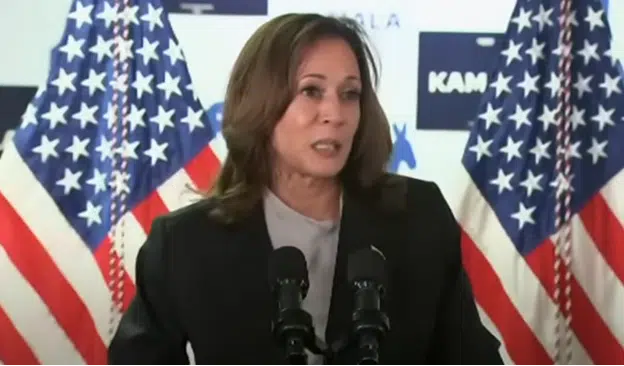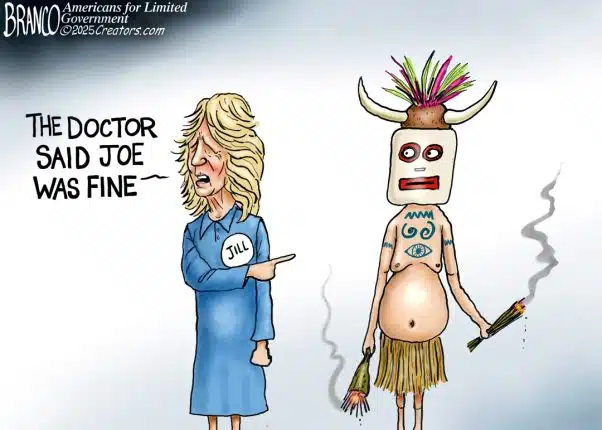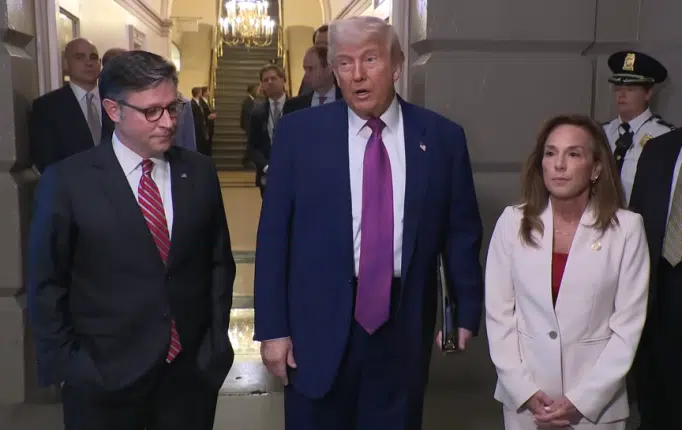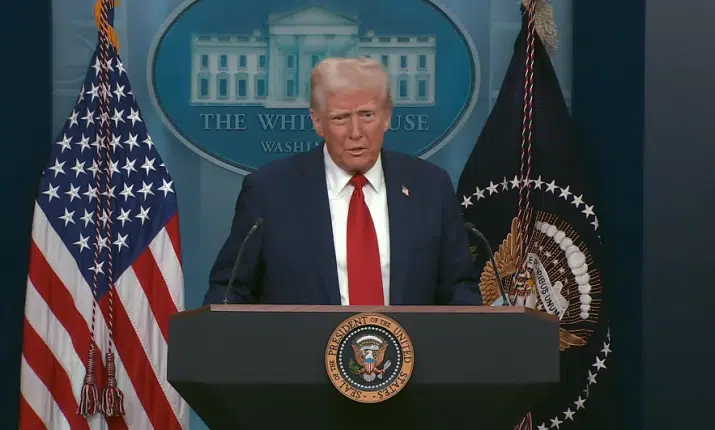In the swing states critical to President Donald Trump’s victory in the Electoral College in 2016, new jobs are being created in the Trump economy after one year, data from the Bureau of Labor Statistics show.
62,600 jobs were created in Pennsylvania from Nov. 2016 to Oct. 2017. There, the unemployment rate dropped from 5.5 percent to 4.6 percent.
88,000 jobs were created in Ohio as the jobless rate dropped from 5 percent 4.8 percent.
46,500 jobs were created in Michigan and the unemployment rate fell from 5.1 percent to 4.6 percent.
40,600 jobs were created in Wisconsin where the jobless rate fell from 4.1 percent to 3.2 percent.
71,500 jobs were created in North Carolina as unemployment dropped from 5.2 percent to 4.3 percent.
195,000 jobs were created in Florida as joblessness fell from 4.9 percent to 3.6 percent.
These were the states that put Trump across the finish line in 2016, and so far, labor markets are thawing from the Obama years.
Overall, nationwide, 1.8 million more Americans reported having jobs, including nearly 200,000 in manufacturing.
Those are some of the bright spots in the Trump economy after one year. But challenges still remain.
Among working age adults aged 16 to 64, labor participation edged up a little, but there are still 8.9 million Americans who are not in the labor force that would have been had labor participation remained what it was in 1997.
If they were included in the labor force as unemployed today, the unemployment rate would be measured at about 9 percent in December.
But here’s some more good news. In 2016, that figure averaged 9.1 million displaced Americans from the labor force with a potential unemployment rate of 10 percent. So, it is dropping. Objective analysts can debate whether it is falling fast enough. As years go by the likelihood that displaced individuals who either left the labor force or never entered will remain outside the labor force increases.
So, it’s a challenge. That is why initiatives by the Department of Labor to foster more technical trades training is so important.
In 2016, only 36.7 percent of jobs available — 57.3 million — required some college, a postsecondary nondegree award, a Bachelor’s degree or more at the entry level according to data compiled by the Bureau of Labor Statistics.
Yet at the same time, today, 61.1 percent of the civilian population aged 25 and over has some college, a Bachelor’s degree or more, accounting for 133.2 million people. That accounts for approximately 84.8 million Americans who might have been better off financially not incurring any student loan debt and entering the labor force much sooner.
Overall, the higher education bubble represents one of the reasons why labor participation is lower than perhaps it ought to be. There are billions of dollars being misallocated. Many of those going to college should be training for technical professions that as baby boomers retire, will be widely available, but they’re not.
But we’ll see how 2018 shapes up. Will the displace 8.9 million get into the labor force? Will the economy finally grow above an inflation-adjusted 3 percent for the first time since 2005? Stay tuned.
Robert Romano is the Vice President of Public Policy at Americans for Limited Government.








